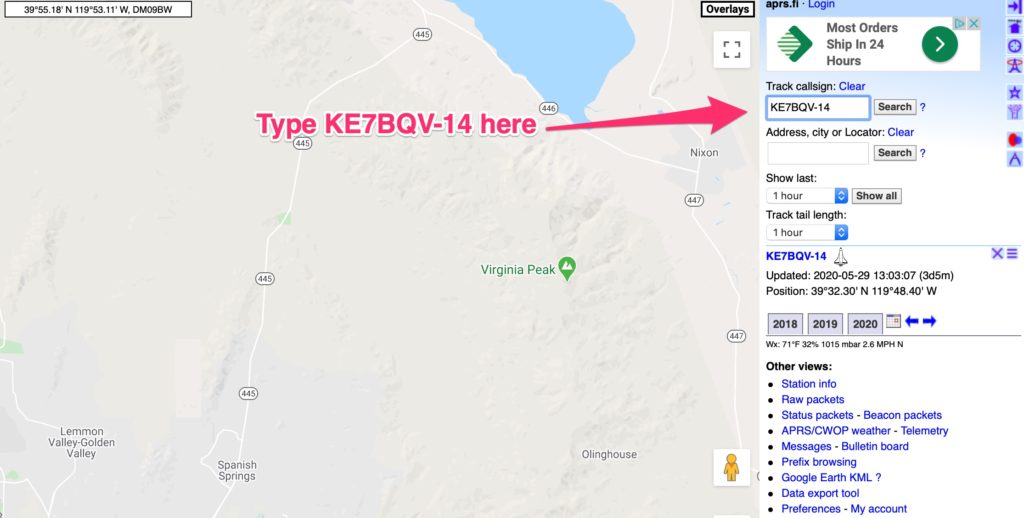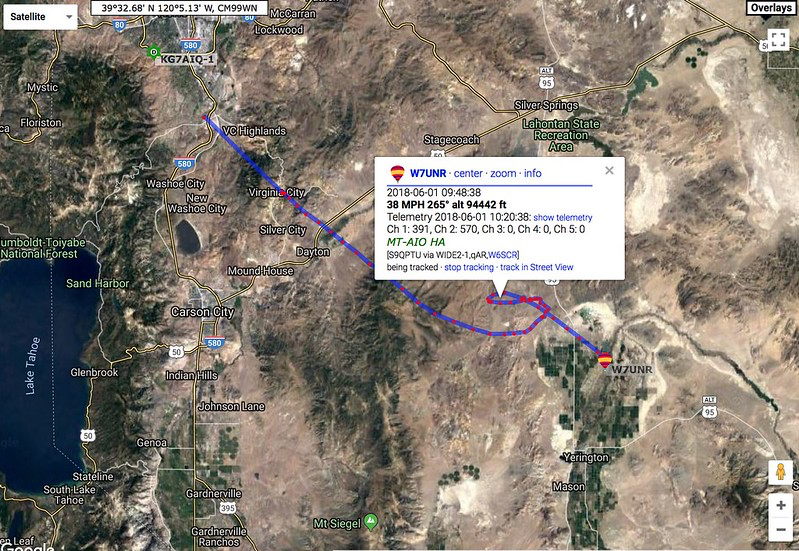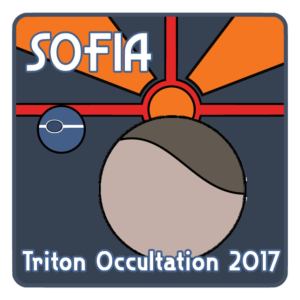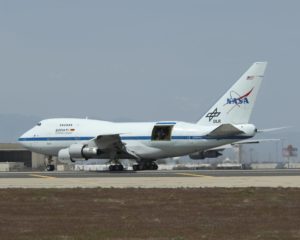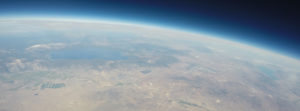 NOTE: If you’d like to be part of this project you and your students can send us their “High Hopes” for their school, community and the world and we will launch them up high to 100,000 feet where they will be released to slowly drift down to the ground and become one with the Earth. We’ll print your hopes on biodegradable paper designed to compost. Send your “High Hopes” here or you can tweet them to us by using the hashtag #hhpSTEM.
NOTE: If you’d like to be part of this project you and your students can send us their “High Hopes” for their school, community and the world and we will launch them up high to 100,000 feet where they will be released to slowly drift down to the ground and become one with the Earth. We’ll print your hopes on biodegradable paper designed to compost. Send your “High Hopes” here or you can tweet them to us by using the hashtag #hhpSTEM.
We had planned on launching May 17, 2018, but somewhat unusual spring rains have made the high desert dirt roads we rely on a bit sloppy for recovery. Our current launch date is June 1, 2018, weather permitting.
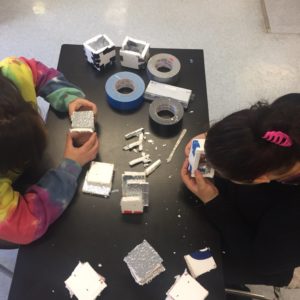 This year Virginia City High School students are designing the engineering and science payloads that will reach altitudes of 80,000 to more than 100,000 feet.
This year Virginia City High School students are designing the engineering and science payloads that will reach altitudes of 80,000 to more than 100,000 feet.
Every “high hopes” launch includes payloads to carry and release the world’s high hopes that are printed out on biodegradable paper. Past designs have attempted to be mechanical in nature using a timer or altimeter to trigger a motor to spring a latch and release the “hopes.” However no group has successfully completed that kind of design, usually because of class time constraints, so they end up with a payload that relies on the chaos that ensues post balloon burst as the payloads plummet to the ground (before the parachute gets enough atmosphere to slow things down) to open flaps on the sides and release the “hopes” … which works well, but engineering motors, Arduinos, pulleys and all is intriguing, so we’ll see what happens.
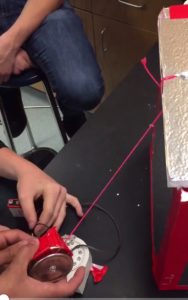
Engineering payload motor driven latch release for world’s “high hopes.”
Another group is looking into gluing seeds to some of the high hopes in order to spread some flowers around the desert. They are researching what seeds they can distribute that way (don’t want to plant invasive species) and have contacted the local authorities about their idea. They are developing a water soluble glue that also might provide some nutrition for the seeds as well.
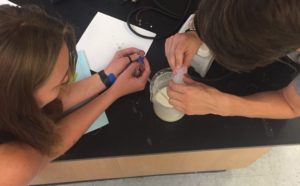
Mixing a trial batch of bio-degradable glue.
A payload designed to see how sound is effected by the thin atmosphere at high altitudes is taking on a Star Wars theme. The plan is to play the theme music from Star Wars while a camera records the image, but more importantly the sound during flight through a speaker that is insulated from vibrating the payload, so the sound must travel via the air. Does the thin air effect the sound? 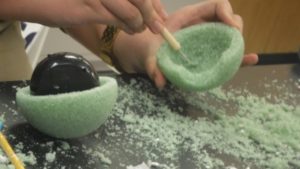
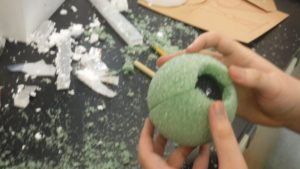
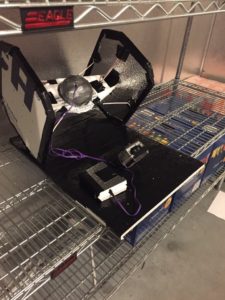
This should be an interesting payload to fly!
Yet another group wants to test a design to protect plants from the freezing, dry conditions they’ll encounter during the flight (actually very much like conditions on Mars). They’ve set up a group of plants to launch and a identical set to stay on the ground to compare with. They are trying several different ways to insulate the seedlings and seeds they will launch.
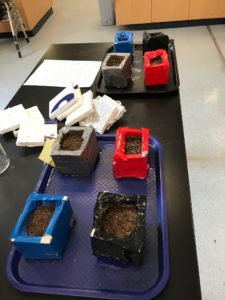
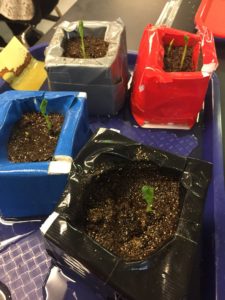
Students have also set up a social media campaign including Twitter and Instagram to ask for others to submit their high hopes. Please send us your high hopes and we will launch them high into the stratosphere!
Learning is messy!
